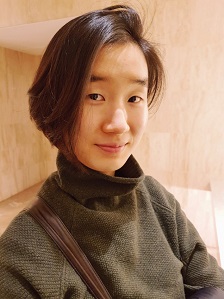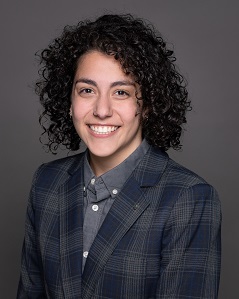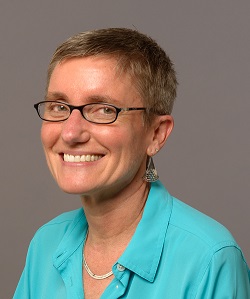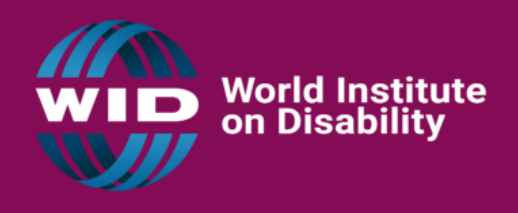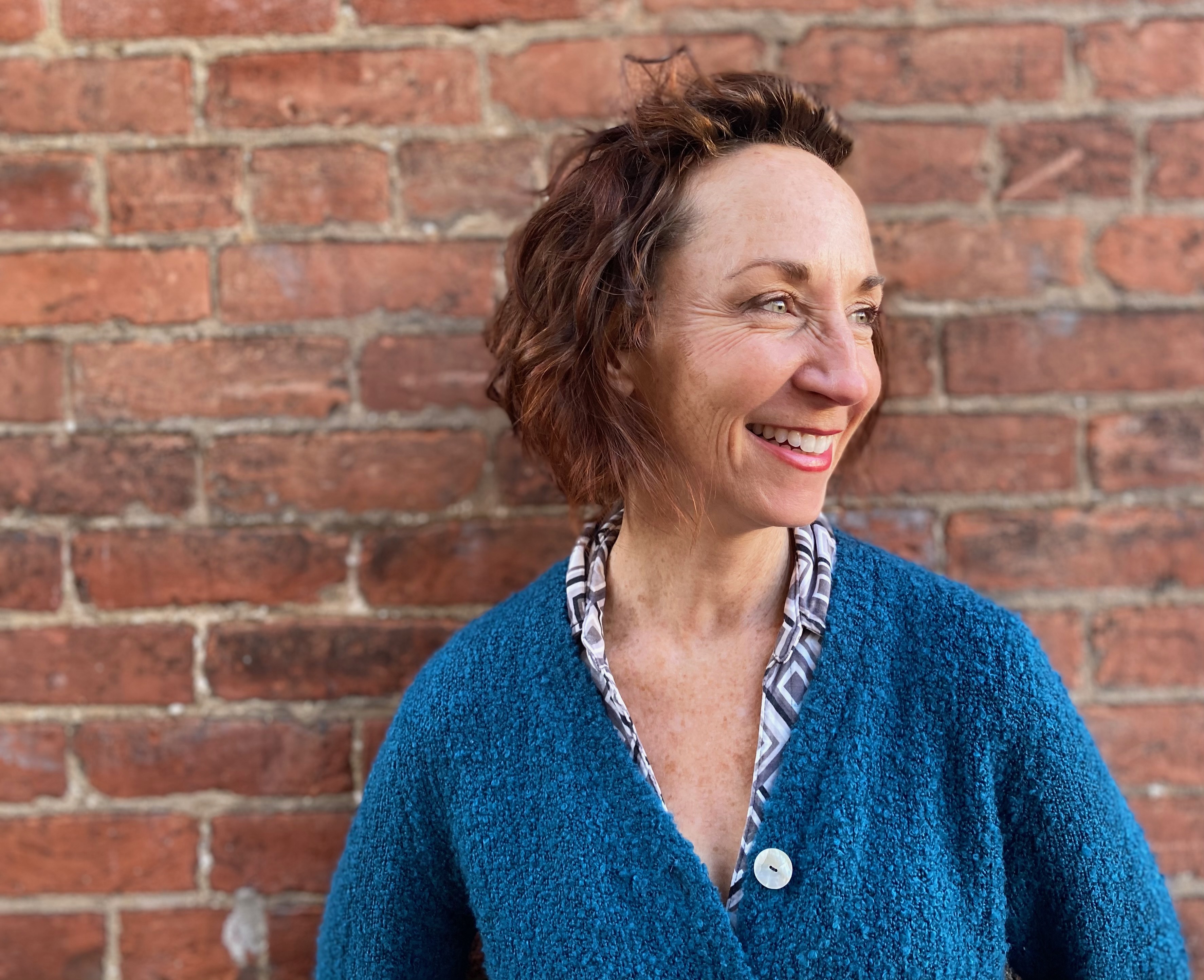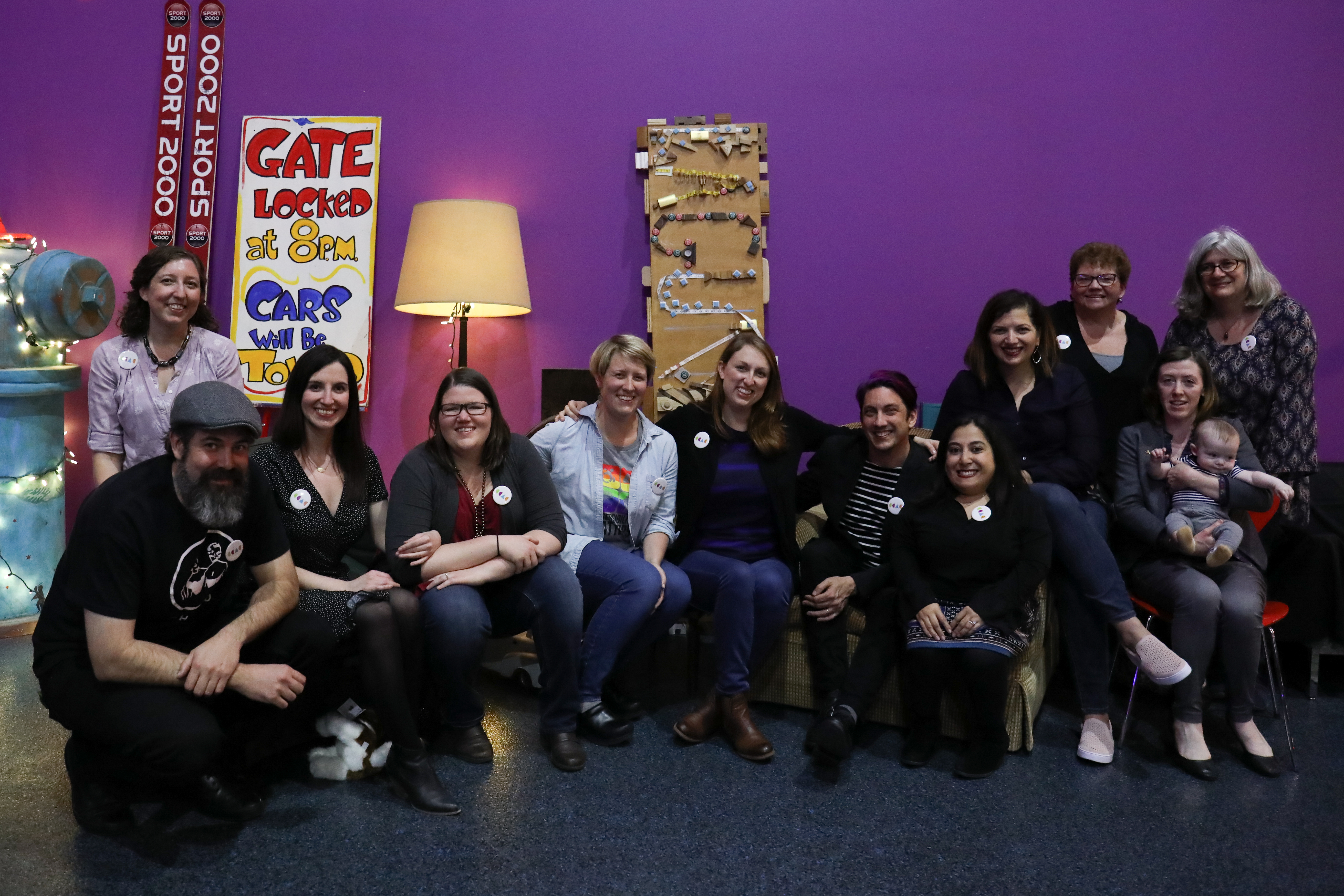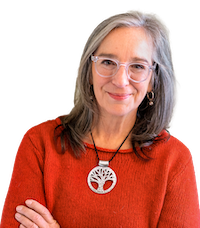 |
| McKenzie Wren, MPH, Wren Consulting |
The link to the recording of the webinar "Engaging with The Tiny Survival Guide" can be found under Webinar Recordings.
"Adult providers need healing too! Healing centered engagement requires that we consider how to support adult providers in sustaining their own healing and well-being. We cannot presume that adulthood is a final, trauma-free destination. Healing is an ongoing process that we all need, not just young people who experience trauma.” - Shawn Ginwright, The Future of Healing: Shifting from Trauma-Informed Care to Healing-Centered Engagement

